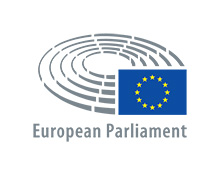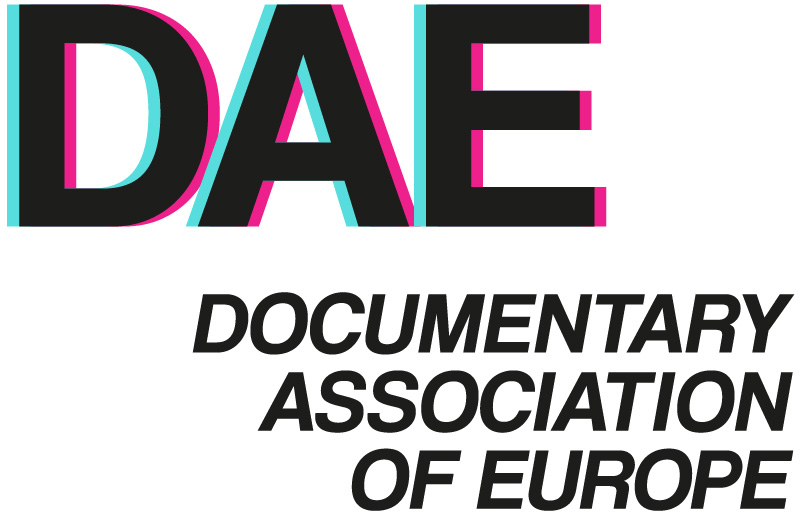The Good Life: a reality check on neocolonialism

For years, nature provided for the needs of Old Tamaquito, but, as time passed, things changed. With the expansion of the colliery, the people of Tamaquito lost direct access to the river and were banned from vital hunting and subsistence farming activities nearby. Furthermore, large-scale coal exploitation wreaked havoc on the surrounding environment: it contaminated the water and soil, caused draughts, etc.
Despite the many adversities they faced, Jairo and his people showed great strength, courage, and integrity. The Good Life is their story: a David versus Goliath battle — a display of bravery, resistance, and resilience. They never gave up. Even when their way of life and survival were at stake, they stayed true to their values and beliefs, and most importantly, to themselves. They fought with dignity, no matter the odds.
When they realized Tamaquito was no longer suitable for living, they decided to relocate. It took them two and a half years to come to this painful decision. This was followed by six years of negotiations with Cerrejón, which turned bittersweet for the Wayúus; even if they initially felt they stood on equal footing with the mining company, they were let down by the outcome.
New Tamaquito does not feel like their home. They miss the special bond they shared with their territory. They do not like living in their new village, which seems fine at first glance, but upon closer inspection, it clearly does not match their customs and needs; without a river and virgin forest, fishing, hunting, and gathering are impossible. There are problems with the water supply (which affects humans, animals, and crops), and the soil is arid.
Following the lead-up to and aftermath of the relocation, Jens Schanze’s 2015 documentary clearly captures the contrast between corporate and Wayúu negotiating styles, and how these reflect radically opposite worldviews. While Wayúu people live by Sumak Kawsay (the good life), “a principle that encompasses a socially just and ecologically sustainable model of living that encourages individuals to lead their people responsibly, strengthen their communities and live in harmony with nature”, their “adversaries” are driven by the pursuit of consumption and wealth.
Likewise, while Wayúu people consider the land “an expression of historical relations and extensive family ties, and not pieces of property that are marketable”, their “adversaries” see it as a commodity that can be used, marketed, and capitalized upon. To some extent, the mindset of the mining company and its owners reflects an ongoing obsession with “growth and development”, often at the expense of local people, or the natural environment. The drive to amass material wealth, regardless of the cost and consequence, leads to similar results.
For instance, the film notes that while Germany is gradually demolishing its coal mines for both environmental and economic reasons, it still imports cheap coal from countries like Colombia. Germany is aware of the negative toil constructing, operating, and expanding coal mines has on communities, but turns a blind eye when it’s not happening in its backyard. This is Capitalist hypocrisy at its best.
Cerrejón, one of the largest mines of its kind, has infringed upon the rights of the surrounding communities and has proven detrimental to the environment. Does this matter to the mine owners? Is their prosperity tainted by the misfortunes of the Wayúu people and many others? Is it worth the costs these communities pay? Is it right to force Wayúus and many others off their land and away from their traditional way of life for “progress”? Is this not neocolonialism?
María Paula Ángel Benavides
The Good Life is available at the Verziótheque, Verzió's online film library.

















































